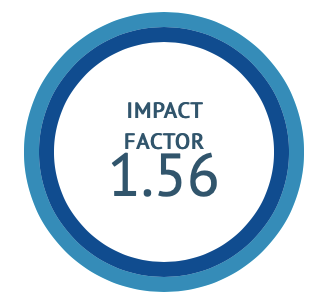Mahakumbh 2025: Churning of Poison and Nectar
DOI:
https://doi.org/10.47552/ijam.v16iS1.5967Keywords:
Mahakumbh-2025, Sanatan Dharma, Kumbh Mela, Spiritual Unity, Religious TraditionAbstract
The Mahakumbh Mela, one of the most significant religious and cultural events in Sanatan Dharma, symbolizes the eternal cycle of churning—where both poison and nectar emerge, reflecting the balance of adversity and divinity. Mahakumbh-2025, a grand spiritual gathering occurring after 144 years, stands as a testament to India's rich traditions and unity, bringing together millions of devotees in sacred observances. This paper explores the historical, religious, and cultural significance of Kumbh Parv, emphasizing its role in self-purification, societal evolution, and the unification of the Indian subcontinent. Through the lens of Sanatan Dharma, the paper examines the adaptations of Kumbh traditions over time, the role of Dharma Sansads in addressing contemporary challenges, and the broader spiritual and administrative implications of such a massive congregation. As the churning continues, the Mahakumbh remains a beacon of Sanatan philosophy, promoting faith, resilience, and the pursuit of divine wisdom.
Downloads
Published
How to Cite
Issue
Section
License
Copyright (c) 2025 International Journal of Ayurvedic Medicine

This work is licensed under a Creative Commons Attribution-NonCommercial-ShareAlike 4.0 International License.
The author hereby transfers, assigns, or conveys all copyright ownership to the International Journal of Ayurvedic Medicine (IJAM). By this transfer, the article becomes the property of the IJAM and may not be published elsewhere without written permission from the IJAM.
This transfer of copyright also implies transfer of rights for printed, electronic, microfilm, and facsimile publication. No royalty or other monetary compensation will be received for transferring the copyright of the article to the IJAM.
The IJAM, in turn, grants each author the right to republish the article in any book for which he or she is the author or editor, without paying royalties to the IJAM, subject to the express conditions that (a) the author notify IJAM in advance in writing of this republication and (b) a credit line attributes the original publication to IJAM.





